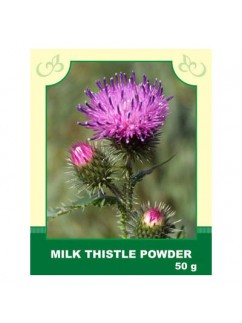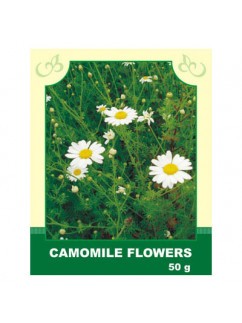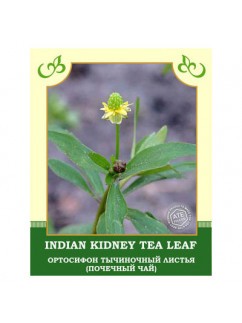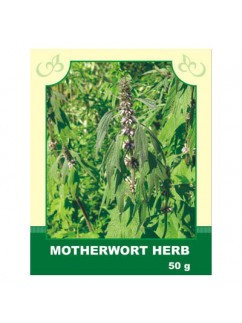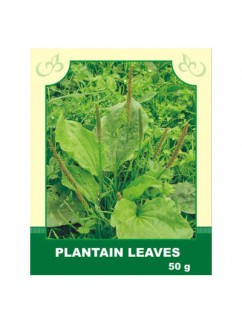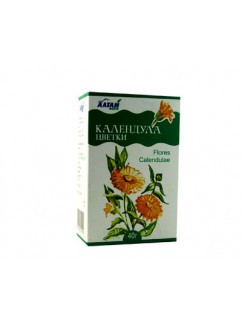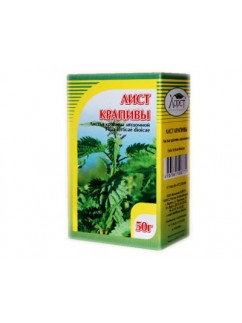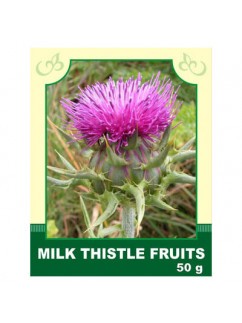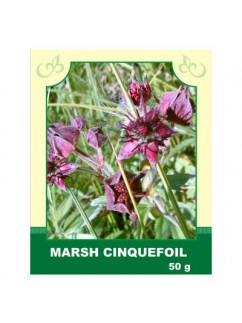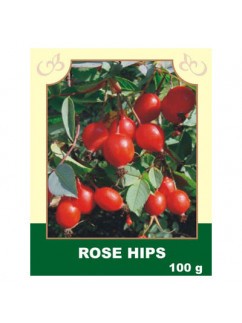Dry Herbs & Berries
In folk belief, 1 tablespoon of meal is thought to completely neutralize alcohol before a feast. The leaves of milk thistle are considered a mild laxative and diaphoretic.
The seeds are used for hepatitis, gallstone disease, colitis, hemorrhoids, diseases of the spleen, thyroid gland, as well as for salt deposits, edema, dropsy, obesity, radiculitis, and joint pain in allergic skin diseases, baldness, and psoriasis. The meal is effective in alcoholism, constipation, reduces blood sugar levels, purifies the blood, and treats varicose veins.
Method of application and dosage: Steep 1 teaspoon of seeds in 250 ml boiling water, infuse for 20 minutes, strain, and drink hot in small sips, one glass in the morning on an empty stomach, half an hour before lunch, and in the evening before bedtime.
For the meal, boil 30 g in 0.5 L of water on very low heat until half of the liquid evaporates. Strain, drink 1 tablespoon every hour from morning to evening, or take 1 tablespoon of powder 4-5 times a day 20 minutes before meals, washed down with water. The course of treatment is one month. If necessary, repeat the course after 2-3 weeks. Halve the doses for children.
Contraindications: Individual intolerance.
$5.99Internally: Taken for insomnia and migraines, gastrointestinal disorders, liver and bile duct diseases, meteorism, stomach spasms, diarrhea, menstrual disorders, and as a diaphoretic for colds.
Method of application and dosage: Steep 1 tablespoon of raw material in 200 ml of boiling water, infuse for 20-30 minutes, strain, squeezing the remaining raw material, take 2-3 tablespoons 3-4 times a day.
Externally: Used as an enema for colitis and hemorrhoids; as rinses for inflamed gums, mucous membranes, angina; as compresses for eczema, ulcers, boils; as a footbath for rheumatism, gout, arthritis, and bruises. For rinses and washes: steep 1 part of the herb in 20 parts of boiling water, infuse for 20-30 minutes, strain, and use as directed. For compresses and baths: steep 1 part of the herb in 10 parts of boiling water, boil for 15 minutes in a water bath, infuse at room temperature for 45 minutes, strain, squeezing the remaining raw material, and use as directed.
Contraindications: Individual intolerance. Do not wipe your eyes with chamomile infusion.
$6.99Internal use:
Consuming an infusion made from the herb of this plant is effective for cholelithiasis, edema of various origins, cystitis, kidney stones, rheumatism, gout, and diabetes. Better results are achieved when combined with other medicinal plants that have diuretic and anti-inflammatory properties (field horsetail, weeping birch, cranberry leaves, and knotweed).
Application and dosage: Pour 1/2 teaspoon of crushed herb with 200 ml of boiling water, heat in a water bath for 10 minutes, infuse for 45 minutes at room temperature, strain, bring the infusion to the original volume with boiling water, and drink warm 1/2 cup twice a day before meals for 4-6 months with monthly breaks of 5-6 days. In case of cholecystitis, take the infusion after meals.
Contraindications: Individual intolerance.
$7.99Internally, it is taken for nervousness, cardiomyopathy, insomnia, neurasthenia, depression, venous-vascular dystonia, gastrointestinal disorders, enlarged thyroid gland, inflammation of the intestines, scanty menstruation, initial stages of hypertension, increased nervous excitability, especially associated with menopause in women and prostate hypertrophy in men.
Method of application and dosage: Steep 15 g in 200 ml boiling water, boil on a water bath for 15 minutes, infuse at room temperature for 45 minutes, strain, squeezing the remaining raw material. Bring the ready infusion to the original volume with boiling water and take 1 tablespoon 3-4 times a day before meals.
Externally, it is applied for burns, as it has a strong anti-inflammatory and antibacterial effect. Steep 2 tablespoons in 300 ml boiling water, infuse for 1 hour, and use as directed.
Contraindications: Individual intolerance, bradycardia, or arterial hypotension.
$5.99Internally, it is taken as an expectorant for acute bronchitis, pneumosclerosis, pulmonary tuberculosis, and whooping cough; for nocturnal enuresis; in gastritis and acute gastrointestinal diseases (enteritis, enterocolitis), acute and chronic colitis; in urticaria, scabies, and atherosclerosis; in stomach, lung, skin cancer, and elephantiasis.
Method of application and dosage: Pour 2 tablespoons of raw material into 200 ml of boiling water, boil in a water bath with the lid closed for 30 minutes, infuse at room temperature for 10 minutes. Strain, squeezing the remaining material, bring the obtained infusion to the original volume with boiled water, and take orally 1/3-1/2 cup 3-4 times a day 10-15 minutes before meals. Externally, use the powder from plantain leaves to sprinkle wounds; the decoction is used for rinsing wounds, ulcers, for gargling with compresses in case of eye inflammation and dermatitis.
Contraindications: Individual intolerance, gastritis, peptic ulcer with increased acidity, predisposition to thrombosis.
$6.99- Calendula flowers have antiseptic, anti-inflammatory, mild sedative, choleretic, spazmaliticheskoe action$5.99
Internally, it is used for gout and rheumatism; kidney and bladder diseases; liver and gallbladder diseases; tuberculosis of the lungs; dysentery; as a hemostatic agent for pulmonary, renal, uterine, and intestinal bleeding; and for digestive disorders.
Method of application and dosage: 2 tablespoons of raw material are poured with 200 ml of boiling water, heated in a water bath for 10-15 minutes, infused at room temperature for 45 minutes, squeezing out the remaining plant material. The obtained infusion is brought to the original volume, and it is taken in 1/4-1/2 cup 3-5 times a day before meals.
Externally, nettle is applied for hypo- and avitaminosis, as well as for strengthening hair and treating furunculosis.
Contraindications: individual intolerance, increased blood clotting, hypertensive disease, pregnancy, bleeding caused by cysts, polyps, and other tumors of the uterus and its appendages. Special caution for patients with kidney disease.
$6.99
Description. Milk thistle is also known as St. Mary's thistle and lady's thistle. As the legend says it was St. Mary who gifted Milk Thistle to people. Milk Thistle is powerful in reconstruction of liver cells, it also is an antioxidant, and stimulates milk formation. Milk thistle fruits contain a mixture of flavonolignans. The fruits also contain fixed oil (a combination of fatty acids that are solid at room temperature), mucilage, protein and taxifolin (a chemical with unknown significance). Milk Thistle has been used as a therapy for many illnesses since ancient times. Use. Milk Thistle Herb is used for functional disorders of the liver and gallbladder. It is considered especially helpful in cases jaundice, colitis, pleurisy, and diseases of the spleen. Milk Thistle Fruit are used by some for the treatment of dyspeptic symptoms, loss of appetite, liver and gall bladder complaints including inflammation of the gall bladder duct, toxic liver disease and hepatic cirrhosis. It helps reduce outbreaks of Psoriasis. The National Cancer Institute and the National Institute of Nursing Research are also studying milk thistle, for cancer prevention and to treat complications in HIV patients.
Attention! Before using any herbal products, make sure that you have full knowledge of how the herb works and any adverse reaction it may cause.$4.99Internally, it is taken for cardiovascular diseases, gallstone disease, bronchial asthma, acute bronchitis, arthritis, osteoarthritis, toothache, gynecological diseases, dermatitis, and hemorrhoids.
Method of application and dosage: Pour one-third of a half-liter jar of crushed saberfish with vodka, close the vessel tightly, and place it in a dark place. It should infuse at room temperature for at least 3 weeks. The ready tincture is taken 1 tablespoon three times a day before meals, washed down with a small amount of water.
Externally, you can also prepare an oil infusion (extract). Vegetable oil is used instead of vodka for its preparation. The rules for preparing and storing the extract are the same as for the tincture. The oil extract is used for rubbing into sore spots. After rubbing, the affected area is wrapped with a woolen cloth. The procedure is carried out at night.
Contraindications: Pregnant and lactating women, children, and individuals with individual intolerance to the preparation. When taking the tincture, one should avoid getting cold, refrain from eating salty, sour, and spicy foods. Also, do not take any medicines, herbs, or alcohol.
$6.99Internal use: The infusion of the fruits is considered a general tonic in folk medicine and is taken for general weakness, anemia, lung diseases, colds, liver diseases, kidney diseases, peptic ulcer of the stomach and duodenum, and in the treatment of eye diseases.
Method of application and dosage: Pour 1 tablespoon of finely chopped raw material with 1 glass of boiling water for 3-4 hours, strain, and take 1/2 glass 3-4 times a day.
Contraindications: Individual intolerance, thrombosis, endocarditis, and circulatory failure.
$4.99
If you like to use a lot of dry herbs and berries to create teas, wellness pads and an assortment of other items for well-being, our dry herbs and berries can provide you with a quick way to do it on your own. Each packet contains the herbs or berries of your choice that were freshly grown, chopped up and dried to perfection. Every herb and berries packet is 100% natural, with no artificial preservatives or added fillers. You're able to create a tasty blend with all that is provided from our large selection.


